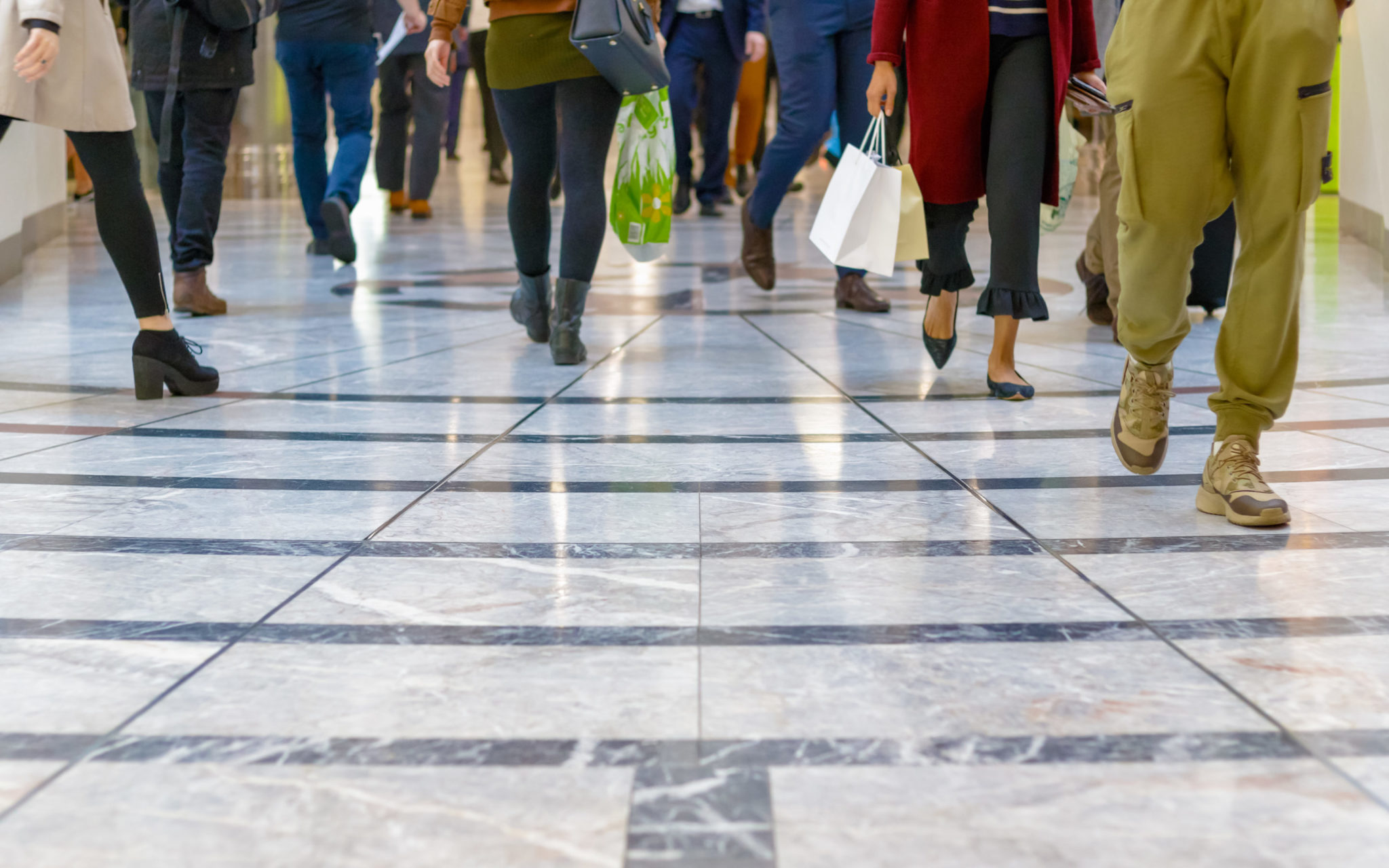
The global coronavirus pandemic hit hard all across the world, causing unexpected consequences. With physical storefronts temporarily shut down, the retail industry changed dramatically. E-commerce boomed, while labor shortages and supply chain issues wreaked havoc on retailers large and small. As we enter 2023, we are still facing these issues and feeling their lingering effects; a complete return to the pre-pandemic norm seems unlikely.
In response to these issues and to keep up with rising rents and inflation, retailers have raised prices. But as a result of the higher prices, many consumers are switching to lower-priced generic and store brand labels. So what can retailers do to retain customers in this new retail landscape? Retailers are learning to embrace flexibility in their strategies. They are adapting by embracing new approaches that reward loyal customers and shifting their marketing strategies towards increasingly personalized customer experiences.
In this article, we will take a look at four of the essential retail trend predictions for 2023. Then we will explore how retailers can stay ahead of the trends in the year to come.
Four Essential Retail Trend Predictions For 2023
The 2023 retail landscape features a few consistent trends that put the customer at the forefront, comply with regulations, and embrace cutting-edge technological developments. For 2023, experts predict that these four trends will take hold across the retail landscape: next-level hyper-personalization, omnichannel shopping experiences across all retail areas, a renewed focus on tracking technologies in retail, and a boost in popularity for livestream shopping.
Let’s take a look.
 1. Expect To See Next-level Hyper-personalization.
1. Expect To See Next-level Hyper-personalization.
Personalization in retail may incorporate a customer’s location, purchase history, or name in a targeted campaign. Consumers in 2023 will no longer respond simply to seeing their name displayed in text messages and emails; instead, they will reward retailers that move towards hyper-personalized marketing campaigns and shopping experiences. Hyper-personalization means using AI, machine learning, browsing and purchasing history, and other live data to learn more about potential and returning customers alike.
Customers have come to expect this type of specification in retail experiences. Customers want to see that they are represented through their retail choices. For 52% of millennial shoppers, for instance, it is important to purchase from a brand that is in line with their values, and with which they share ethical concerns about sustainability and manufacturing.
Using demographic information such as geolocation, age, gender, and cultural background, retailers can build up a profile that allows them to cater specifically to the needs and preferences of each individual.
Other online information, such as search history and social media likes, can guide consumers towards retailers- and vice versa, creating a relevant personal retail experience. Major brands including Nike, Sephora, Starbucks, Spotify, and Amazon have already embraced the hyper-personalization trend; other retailers will follow suit.
 2. Omnichannel Experiences Will Become The Norm.
2. Omnichannel Experiences Will Become The Norm.
In the year ahead, retailers will continue to embrace omnichannel shopping experiences, which allow customers to shop both online and in person. This combined physical and digital approach to retail is likely to become the norm in 2023. Retailers who embrace the omnichannel approach are likely to see huge increases in sales. According to research, retailers who offer at least three different modes of purchase have close to 500% higher order rates than retailers who offer only a single channel.
Retail executives are already convinced that consumers prefer a shopping experience that moves seamlessly across multiple channels, from in-person to online, and from smartphone browsing to website purchasing. Half of all shoppers are more likely to purchase an item online after viewing it in person first or to check out an item on the internet first before making an in-store purchase.
For example, customers seeking to purchase a new vehicle are much more likely to research their options online before heading to the car dealership. Car dealerships that use digital tools to streamline the car buying and selling process will make them a more attractive option than a private transaction and open up options for customers from afar, while also meeting the needs of in-store shoppers. Customers prefer to combine shopping experiences, and retailers who want to keep up will have to embrace the omnichannel approach, offering digital as well as in-store shopping channels.
3. Look For A Renewed Focus On Tracking Technologies.
In 2023, there will be a renewed focus on tracking technologies. New federal data privacy regulations will make data analytics more difficult for retailers, which can present barriers to consumer preference for hyper-personalization. Instead of utilizing hidden tracking cookies in online ads, apps, and websites to gather information about consumers, retailers will need to request shoppers’ explicit permission before collecting data about them. This makes hidden cookies an increasingly costly and inefficient method of tracking customers online.
Instead, retailers are seeking more advanced tracking options. Server-side tracking will become more prevalent in 2023. With server-side tracking, retailers can choose which data is being collected. Company websites or apps send data to a server, which then passes this data on to the server endpoint or destination API, such as Facebook API. Server-side tracking endpoints are particularly useful since they allow retailers and marketers to collect data while complying with up-to-date regulations.

4. Livestream Shopping Will Become Even More Popular.
Livestream shopping began in China, where e-commerce companies such as Alibaba started to broadcast special occasions and temporary retail events. In China, the trend took hold during “Single’s Day”, a lucrative shopping event geared towards people who are not in relationships. Livestream shopping provides retailers with greater access to a broad consumer base. Limiting the circumstances to a single event creates an urgency that prompts hesitant customers to click on the Purchase button. In this way, livestream shopping can streamline leads into sales.
Livestream shopping presents opportunities for creative collaboration with lucrative results. Brands can team up with influencers, social media superstars, and celebrities to promote sales during these special events. The global trend is on course for particular success in the United States, where profits from livestream shopping events are expected to increase by $9 billion in 2023. Since most livestream shopping takes place on social media platforms, retailers can easily sync a livestream shopping event with their digital marketing content on Instagram, TikTok, Youtube, and Facebook. The livestream event should boost digitally marketable products and promote specific sales.
How Retailers Can Stay Ahead Of The Trends
The retail predictions of 2023 continue and deepen pre-existing trends. To stay ahead of these trends, retailers should consider merging departments, investing in digitally-marketable content, and adopting server-side tracking solutions. Embracing the omnichannel retail approach, retailers can combine their sales, support, communications, and marketing teams so that customer concerns and issues are effectively covered in person and online.
Retailers should present opportunities for capturing customer feedback to make sure they are meeting expectations and delivering on-point, relevant content, and products. Efficiency is the name of the game, as methods like livestreaming consolidate purchase opportunities into a single event, with profitable outcomes for retailers who do it right. Companies that prioritize delivering hyper-personalized, specific, and engaging digital and in-store experiences are more likely to succeed in the post-pandemic retail landscape.
See also: Another View: Why Matter Matters For The Smart Home — And Retail
